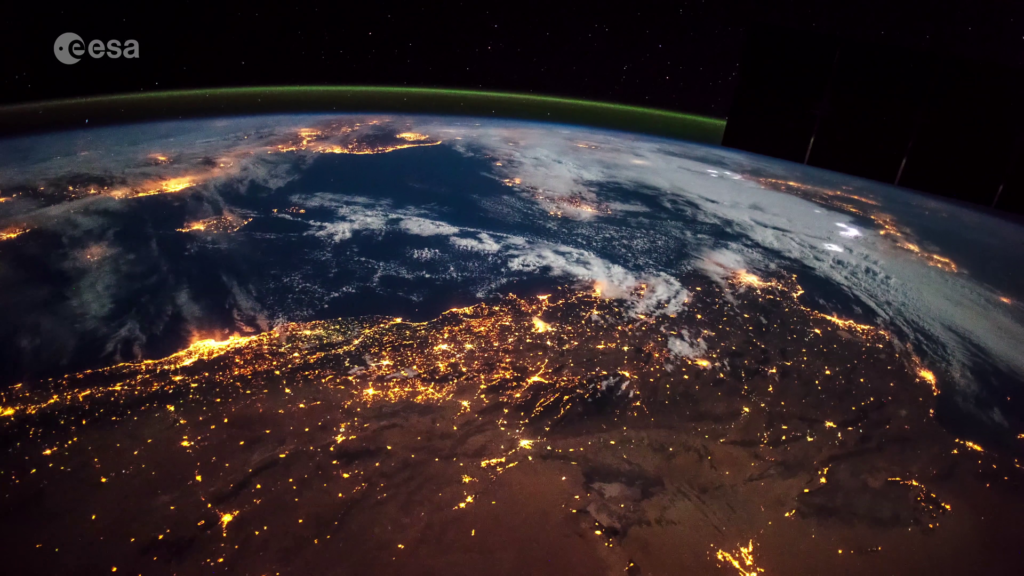Time-lapse photography is some really cool stuff, but when you apply it to space, it becomes even more amazing, especially given the scale of things.
Who doesn’t love to watch the light from distant stars blink into existence? And further, who doesn’t stand in awe of their luster, especially when compared with the lights from cities on the nearby Earth’s surface? The distances are so enormous between the two yet the light so similar in intensity – is this not truly what photography is all about?

To celebrate twenty years of international collaboration in space, the European Space Agency produced a 15-minute long video that shows a time-lapse shot from space that the ESA claims is the longest ever recorded.
What really makes the time-lapse particularly cool is that it labels locations on the Earth’s surface as the space station passes over them. There’s even a map in the corner of the video to help you keep track of where the ISS is in relation to geographical locations. Captured by German astronaut Alexander Gerst, the 15-minute epic was taken while the International Space Station passed over the surface, traveling at 28,800 km/h (17896 mph). Orbiting the Earth every 90 minutes or so, the ISS took 21,375 photos during this pass which were then strung together into a video running at 12.5 speed.
The ESA writes on their blog: “As the Space Station flies into the night the solar wings rotate to get ready to capture the next rays of sunlight when the orbital outpost moves outside of the shadow of Earth. On the right is Japan’s cargo spacecraft HTV-7 that was docked with the International Space Station until 7 November 2018. …Numerous flashes of light can be observed at night time from around 02:00, this is lightning from storms and is common on our planet. Stars can be seen rising above the horizon through the faint glow of the atmosphere that is still illuminated by the Sun.”
You can watch the video here on YouTube.




